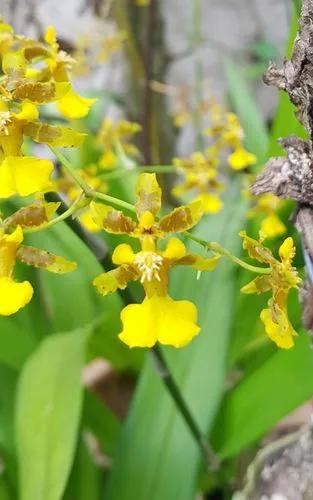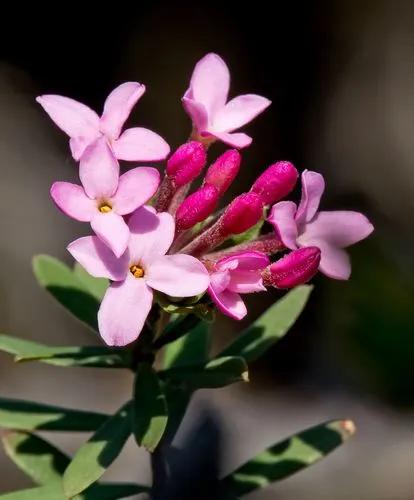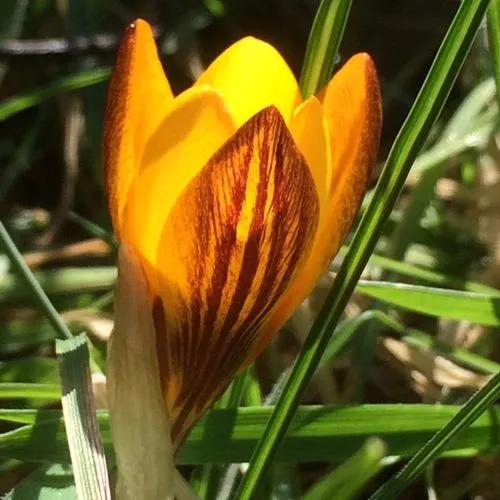It is native to Europe but it is known elsewhere, including parts of Australia and eastern and western North America, as an introduced species and sometimes a weed. It is rare in the United Kingdom, with occasional isolated populations. It often grows in moist habitats, such as marshes and wet agricultural fields, rice paddies, for example.
It is a mostly upright, branching annual or biennial herb growing 10 to 60 centimeters (4" to 24") tall. The oval leaves are arranged oppositely lower on the plant, and often alternately toward the top. They are up to 3 centimeters (1") in length. The inflorescence is a terminal spike of flowers with pinkish petals up to half a centimeter (¼") long. The fruit is an oval capsule containing many minute seeds.
The Latin word hyssopifolia (which occurs in several plant names) means "hyssop-leafed".
Grass-Poly Care
Lythrum hyssopifolia



Hyssop-leaved loosestrife is a small, annual plant. In New England it is found in salt marsh margins, back dune hollows and other wet depressions, mostly along the coastal plain.Brackish or salt marshes and flats, dunes, marshes, wetland margins (edges of wetlands)the leaves are simple (i.e., lobed or unlobed but not separated into leaflets)opposite: there are two leaves per node along the stem the edge of the leaf blade is entire (has no teeth or lobes)
there are two or more ways to evenly divide the flower (the flower is radially symmetrical)there are six petals, sepals, or tepals in the flower
the petals or the sepals are fused into a cup or tubethe fruit is dry and splits open when ripe
4–7 mm
Invasive in wetlands regions.
How to Care for the Plant

Popularity

68 people already have this plant 6 people have added this plant to their wishlists
Discover more plants with the list below
Popular articles






